When looking at Japanese history superficially, it might seem as though rulers such as emperors, aristocrats, warriors, and politicians simply alternated throughout different eras. However, in reality, influential clans like the Imperial Family, Fujiwara clan, and Minamoto clan have continuously remained at the core of political power, changing their appearance and roles with each period.
The Fujiwara Clan and Sekkan Politics: The Pinnacle of Aristocratic Rule
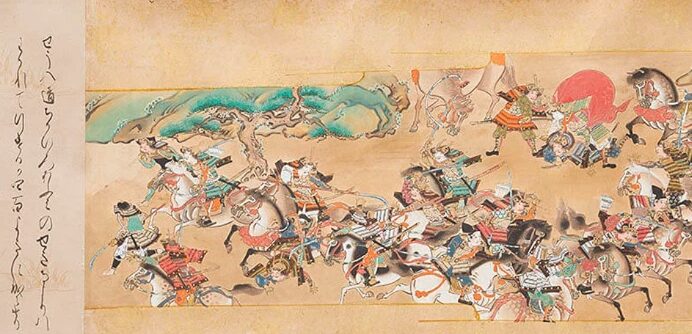
In 1185, the era transitioned from the Heian period to the Kamakura period. The Kamakura shogunate began with Minamoto no Yoritomo, followed by Yoriie and Sanetomo, but the Minamoto bloodline ended with these three generations. This led to a question of who would be the next (4th) shogun.
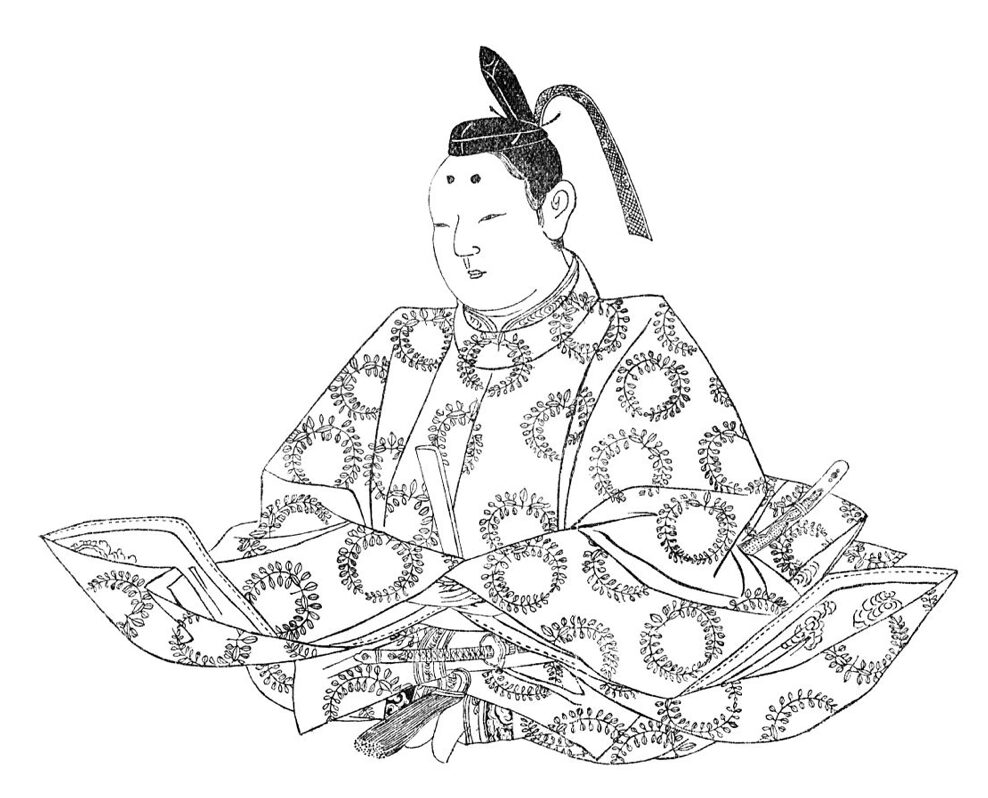
The answer came from the aristocratic Sekkan-ke (regent and chancellor families) Fujiwara clan. The 4th Kamakura Shogun, Fujiwara no Yoritsune, and his son, the 5th Shogun Yoritsugu, both descended from the Fujiwara family. Here, we see a fusion of aristocracy and samurai, with the Fujiwara clan once again standing at the apex of the samurai government.
However, the Fujiwara clan’s political influence as the Sekkan-ke gradually declined, eventually splitting into five branches: Konoe, Takatsukasa, Kujō, Nijō, and Ichijō. These were known as the “Go-Sekke (Five Regent Houses),” and key positions like Regent and Chancellor began to be appointed by rotation from among these five families. This system remarkably continued until the Meiji Restoration, and an unwritten rule that “only members of the Go-Sekke could assume the roles of Regent or Chancellor” was long observed.
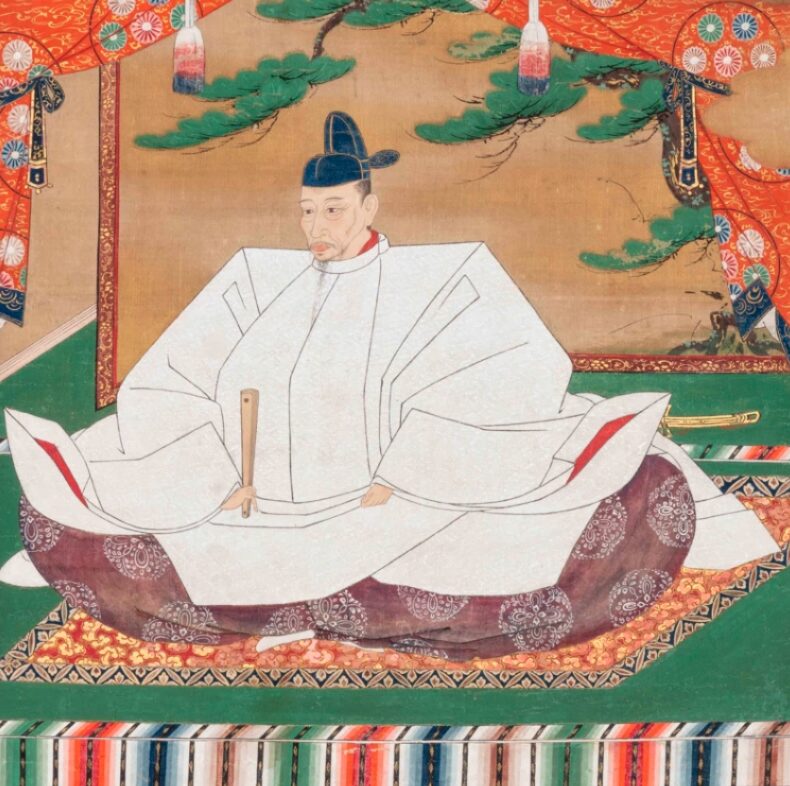
One notable exception was the Sengoku period warlord, Toyotomi Hideyoshi. He formally overcame this unwritten rule by becoming an adopted son of the Konoe family, thereby ascending to the position of Kanpaku (Chancellor).
Though the Fujiwara clan, divided into the Go-Sekke, lost direct political power, they maintained their aristocratic authority, presiding over court ceremonies and rituals. They resided in Kyoto and continuously maintained ties with the imperial family. Of particular note is the fact that successive empresses were chosen from the Go-Sekke. This custom continued until the era of Emperor Shōwa.
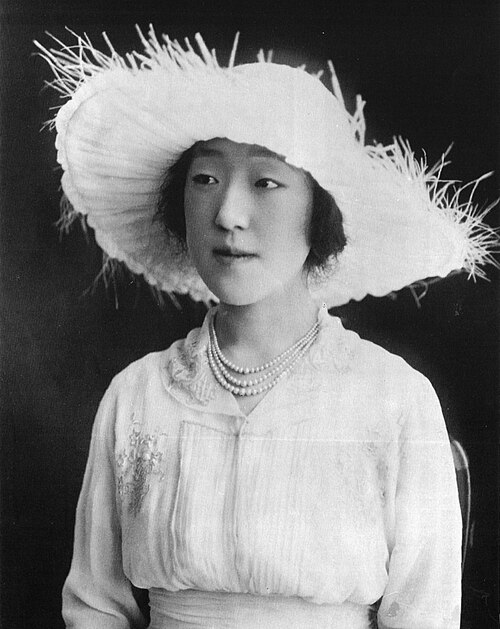
Empress Kōjun (香淳皇后) was the empress of Emperor Shōwa and the principal consort of the 124th Emperor, Emperor Shōwa (His Majesty Hirohito). She was a significant female imperial family member in modern Japanese history, living through a turbulent period from the late Meiji era to the early Heisei era as Empress and later as Empress Dowager. Empress Kōjun was the first empress of Emperor Shōwa who was not from the Go-Sekke since their establishment. The Fujiwara family, astonishingly, continued to be influential until the 20th century.
In the Meiji era, with the introduction of the cabinet system, the regent and chancellor system was abolished. Instead, a new peerage system was established, with five ranks: Duke (kōshaku), Marquess (kōshaku), Count (hakushaku), Viscount (shishaku), and Baron (danshaku). The heads of the Go-Sekke were granted the highest rank of “Duke,” with the Konoe family considered the foremost among them.
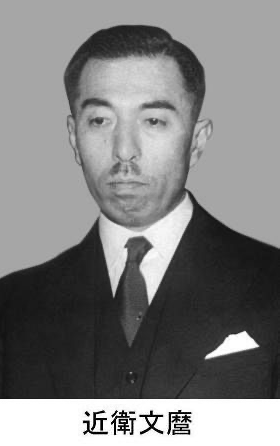
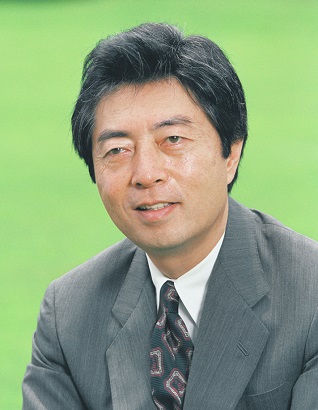
From this Konoe family, in the Shōwa era, a prime minister, Fumimaro Konoe (近衛文麿) (1891–1945), emerged. At this point, the Fujiwara clan once again assumed a position of power, albeit with a powerful Emperor above them. The grandson of this Fumimaro Konoe is Morihiro Hosokawa (細川護熙) (born 1938), who became prime minister in 1993 (Heisei 5). Furthermore, Mr. Hosokawa is a direct descendant of the Sengoku period warlord Hosokawa Tadaoki and his wife, Hosokawa Gracia.
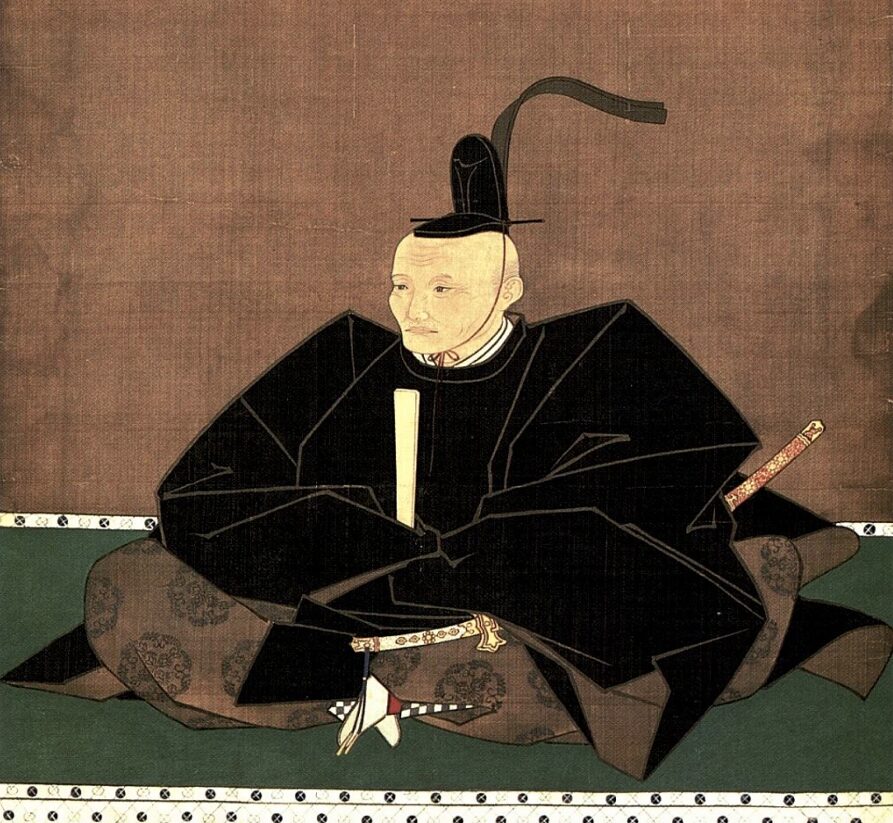
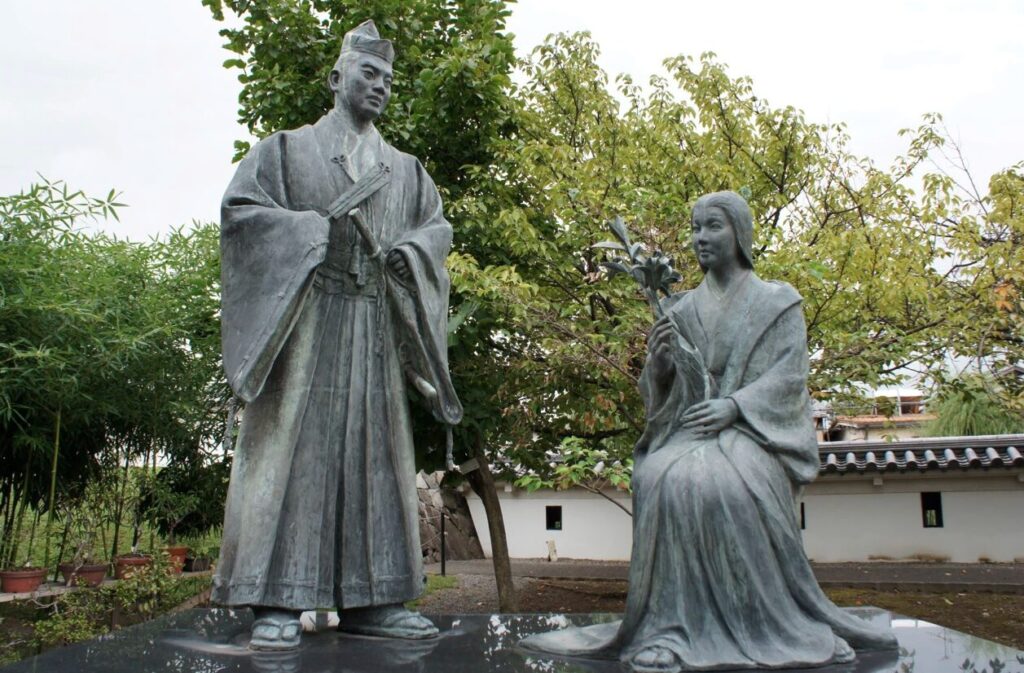
Thus, even though the Fujiwara clan seemed to temporarily disappear from the forefront of history, their descendants continued to breathe life into the core of the political world well into the 20th century.
Successive Emperors
In Japan, the Emperor is regarded as the symbolic figure who governs the nation. The Emperor’s relatives and spouses are called imperial family members (kōzoku), and collectively, the Emperor and imperial family are referred to as the Imperial Household (kōshitsu). Male imperial family members are called “Shin’nō (Imperial Prince)” or “Ō (Prince),” while female imperial family members are called “Shin’nōhi (Imperial Princess Consort)” or “Ōhi (Princess Consort).” Ordinary women can become members of the Imperial Household (imperial family members) by marrying the Crown Prince, etc.
On the other hand, female imperial family members such as Shin’nōhi and Ōhi are expected to leave the Imperial Household and relinquish their imperial family status if they marry someone who is not an imperial family member.
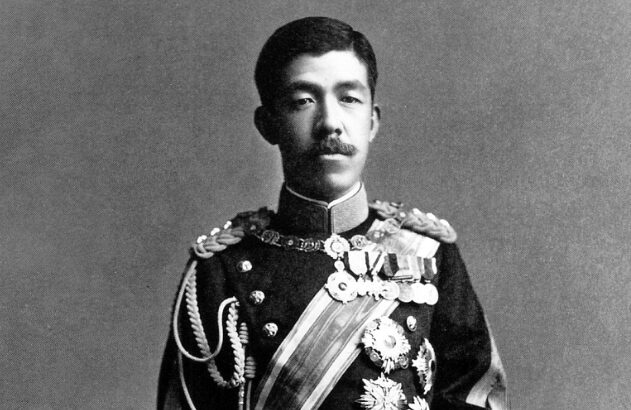
- Emperor Taishō: Considered the 123rd Emperor of Japan. Emperor Taishō was the first person in Japan to practice monogamy (though the text mistakenly says polygamy, it’s widely accepted that he was monogamous in practice and by modern understanding).
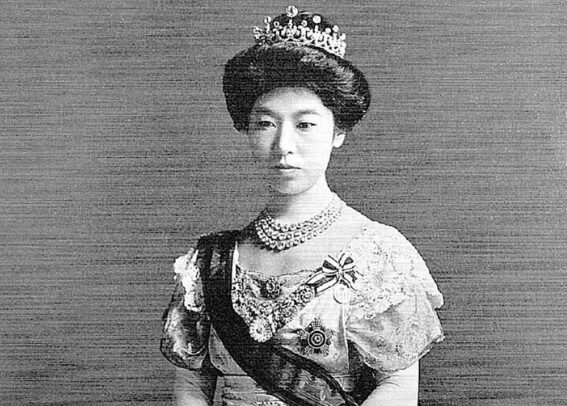
- Empress Teimei: Empress Teimei was also known as “Kurohime” (Black Princess) and was considered to have a dignified demeanor.
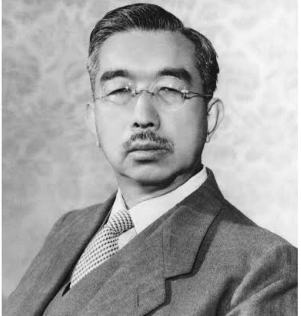
- Emperor Shōwa: Considered the 124th Emperor of Japan.
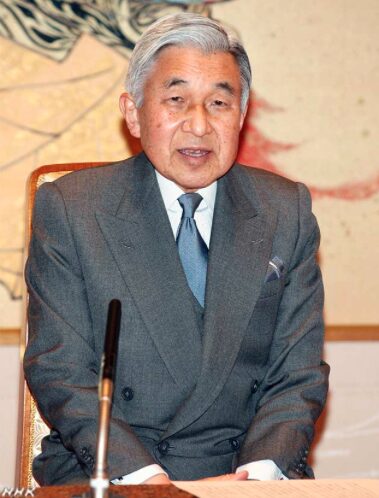
- Emperor Emeritus (Emperor Heisei): The first son of Emperor Shōwa. Currently called Emperor Emeritus.
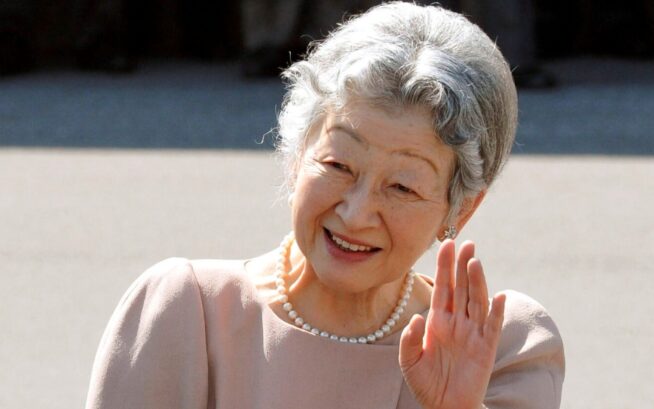
- Empress Emerita (Empress Heisei): Michiko-sama, the wife of the current Emperor Emeritus. Currently called Empress Emerita.
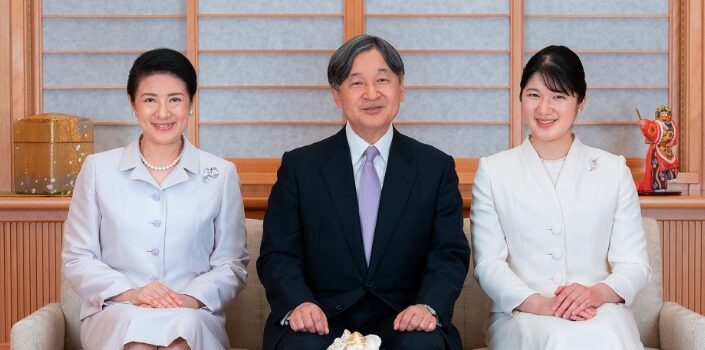
- Emperor Reiwa: (The current Emperor)
The Roots of the Imperial Family
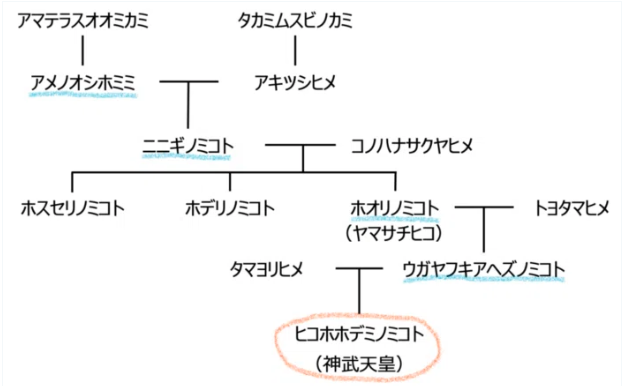
Ancient Japanese myths and history hide deep stories that are not covered in textbooks. Among them, particular attention should be paid to the existence of Nigihayahi-no-Mikoto (饒速日命), a deity of “Tenson Kōrin” (Descent of the Heavenly Grandchild). It is said that before Ninigi-no-Mikoto, famous as the grandson of Amaterasu Omikami, descended to earth, another…
Amaterasu Omikami, considered the ancestor of the Emperor, is a deity symbolizing the sun. From this deity was born Amenoshihomimi-no-Mikoto, then Ninigi-no-Mikoto, and their descendants with the earthly deity Konohanasakuya-hime-no-Mikoto eventually led to the first Emperor, Emperor Jinmu.
However, there is a theory that the original form of the goddess Amaterasu Omikami was actually a male deity named “Amateru.” His formal name is said to be “Amaterukunituruhikoamenohoakari kushimikata manigihayahi-no-mikoto” (天照国照彦天火明櫛甕玉饒速日命), and it is also said that Amateru was replaced by the goddess Amaterasu Omikami by Ninigi-no-Mikoto, who came from the continent.
The Imperial Zaibatsu (Financial Conglomerate)
In modern times, zaibatsu such as Mitsui, Mitsubishi, Sumitomo, and Yasuda are well-known, but the “Imperial Zaibatsu” is spoken of as an entity that far surpasses them. This refers to the assets owned by the Imperial Family and Imperial Household, and their scale is said to be more than 10 times that of the four major zaibatsu combined. While such information is rarely publicly discussed, it is an undeniable factor in deciphering modern Japanese history.
Thus, in Japanese history, specific lineages like the Imperial Family and the Fujiwara clan have continuously remained at the center of the nation, albeit in different forms. Behind the superficial changes in the ruling class, the deeply rooted power of these clans has been continuously inherited.
.
.
.
.
Here are the secrets and forbidden taboos of the Emperor and the Imperial Family.
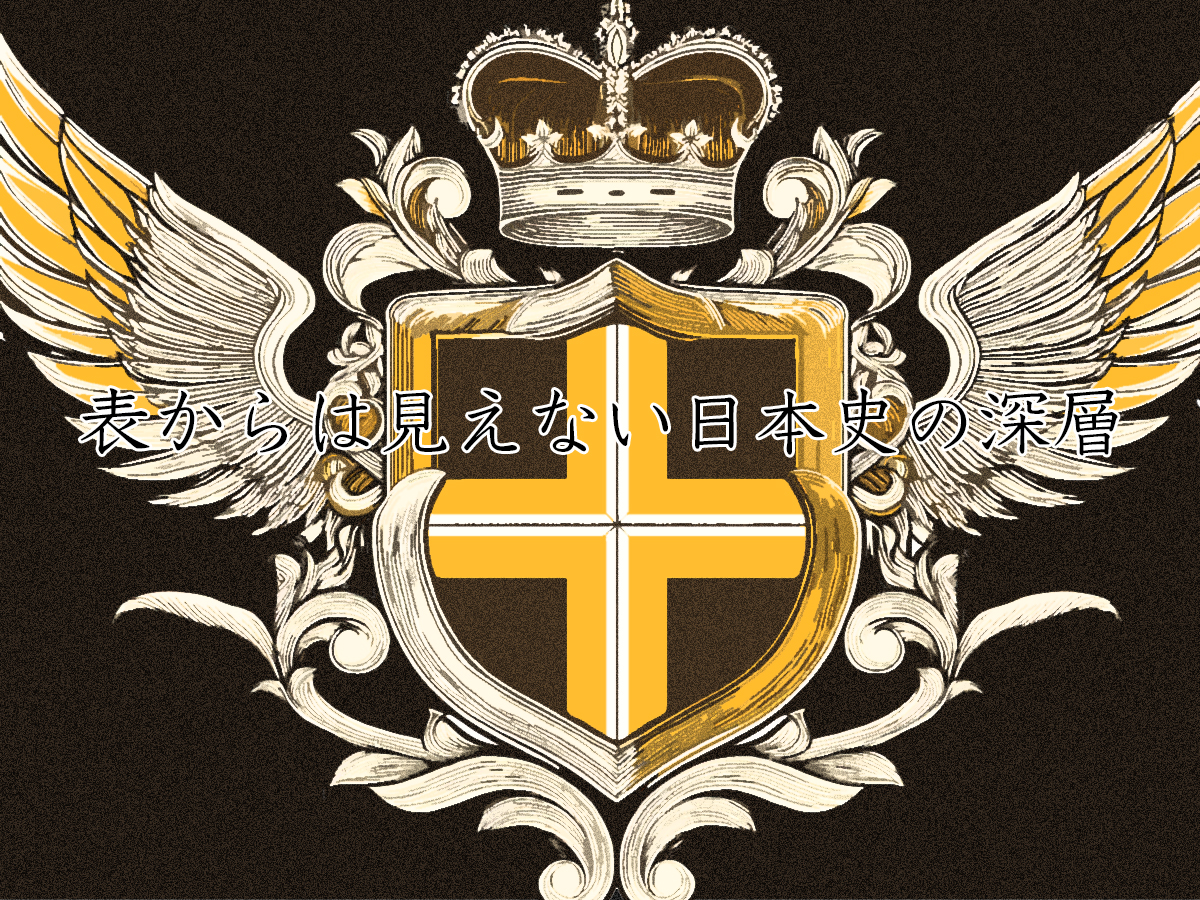
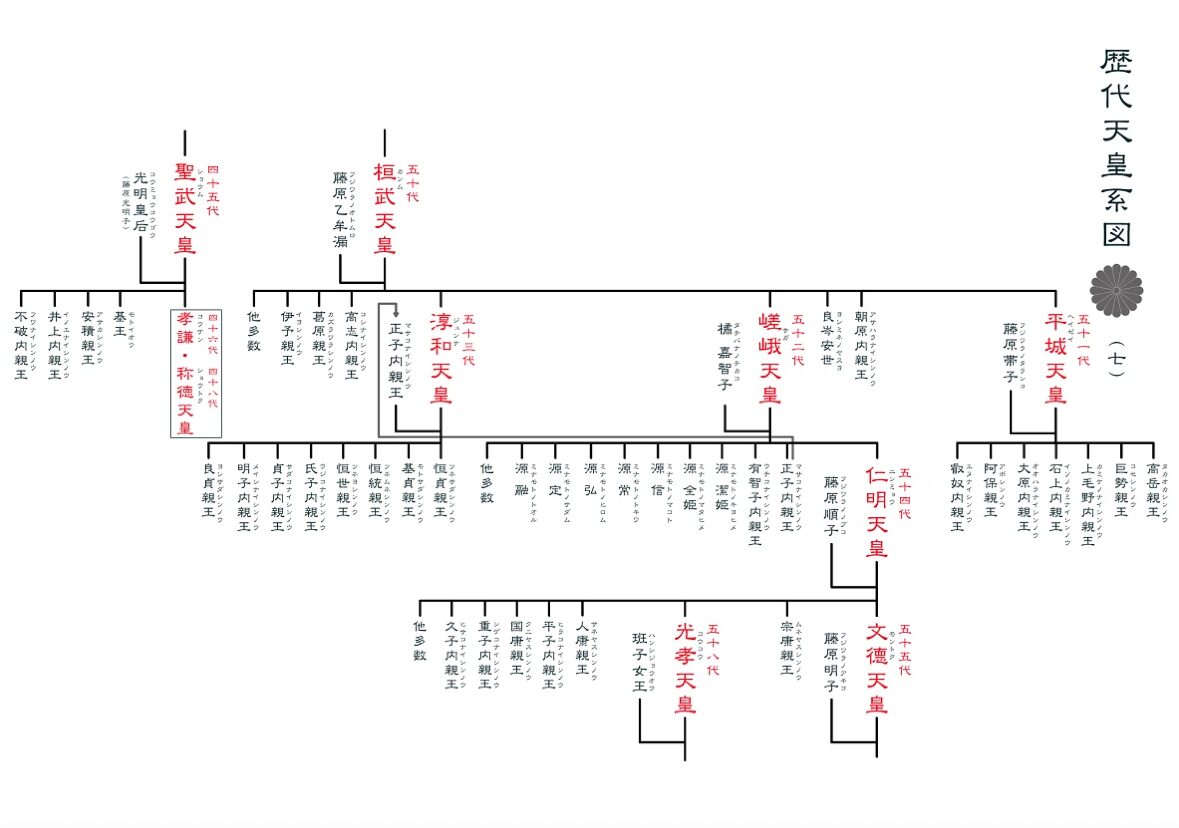

コメント